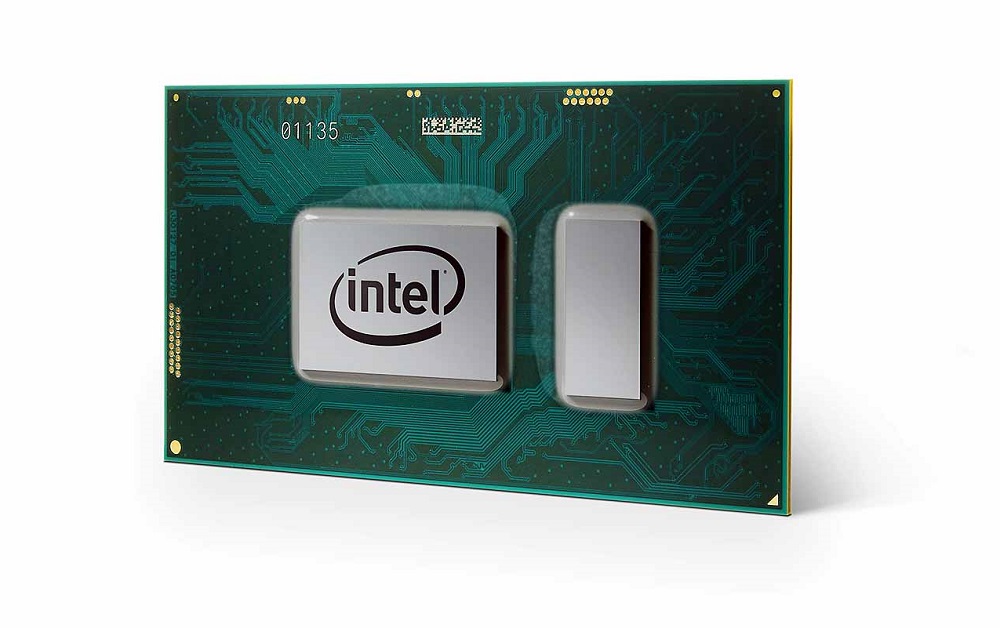Compal ODM Expects Intel CPU Shortage to Last Until Mid-2019
According to a report by DigiTimes, president and CEO of Compal Electronics Martin Wong believes Intel will continue to face 14nm CPU supply shortages well into the second half of 2019. Compal is an original design manufacturer (ODM) from Taiwan that has had customers such as Apple, Acer, Lenovo, Dell, Toshiba, Hewlett-Packard and Fujitsu.
Intel’s CPU Shortage
There have been multiple additional reports about Intel’s short supply recently. Intel itself has acknowledged the issue and recently we learned of its expansion of testing capabilities for 14nm processors.
Still, according to Wong, Intel hasn’t given its downstream partners a clear schedule for when the shortage might be solved, leading Wong to conclude that the shortages could last for at least another year.
Acer recently said that Intel’s CPU shortages have started impacting the whole notebook market, DigiTimes said in its report. Inventec, another Taiwanese ODM, has also had to cut its growth expectations for the third and fourth quarter this year to single-digit growth, according to the report.
Intel 10nm Woes Continue
Although Intel has made it seem like its CPU shortages are due to higher demand, the truth is the company’s plans included having its 10nm fabs ready so it can manufacture its latest chips on 10nm, while keeping the older chips on 14nm. Intel was also planning on taking orders from other customers (including for FPGA production for Altera, which Intel recently purchased).
Since the 10nm design failed to work properly and provide good yields, Intel was forced to manufacture its latest chips on the 14nm fabs, which, as you can expect, overcrowded those fabs.
Potential AMD Opportunity
AMD’s Ryzen chips have been rising in popularity, but notebook vendors have been the slowest to adopt the company’s chips so far. Intel’s CPU shortages into the next year could be a good opportunity for AMD to convince some laptop makers to use more Ryzen chips in their product line-ups.
Get Tom's Hardware's best news and in-depth reviews, straight to your inbox.
As Intel faces supply shortage, the company has also started increasing the prices of its 14nm processors, which could also be risky if more consumers start to see AMD’s offerings as a better value.
Lucian Armasu is a Contributing Writer for Tom's Hardware US. He covers software news and the issues surrounding privacy and security.
-
kenjitamura Meanwhile inside every laptop manufacturers board room:Reply
Executive: "Gentleman, without an Intel offering things look bleak for us"
AMD in background yelling: "Hey guys, we're offering great performance at a more affordable price point!"
Executive continues without hearing: "If things keep up we will continue to see declining sales"
AMD in background yelling: "Seriously guys, these are APU's with graphics performance that rivals discrete chips! Customers will love them!"
Executive continues without hearing: "It seems to be completely impossible to find a way to keep up supply of our high end offerings. The market that doesn't use poor quality low res TN panels."
AMD yelling in background: "They all support gorgeous graphics and customers will have better gaming experiences on Freesync! They are nearly neck in neck with Intel offerings in general compute too!"
Executive without ever glancing at AMD: "Gentleman, I'm afraid it has come... to this..."
*Executive puts loaded barrel to head* *Bang* -
redgarl OMG... I don't believe the words from Intel PR anymore... no way they are going to be able to meet their supply demand...Reply
This shortage is more and more looking like an actual decrease of their forecast supply. -
passivecool It's time for each of us to support Intel's efforts to increase supply:Reply
Buy Ryzen. -
Zaporro lmao, more fake shortagesReply
Samsung and other RAM manufactureres did well on their fake shortage run and price fixing scheme, now Intel joins the fun
spread fake shrotages rumors, have shitty media outlets like Tom's Hardware spread these false rumors -> people believe it
drive prices up to insane level -> and thats how they are preparing us to next level premium pricing for same CPUs as before -
woahwoahwilly I'd love to see more Ryzen chips in budget laptops. My system has an Intel CPU, but probably would've been so much better for the same price with a Ryzen APU.Reply
